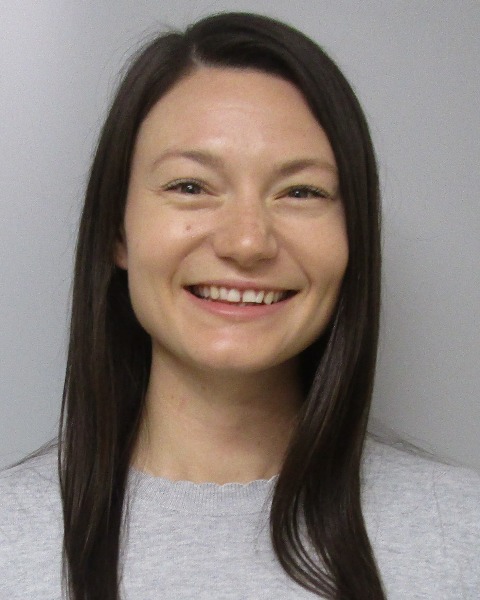Medical Education
Session: Medical Education 8
482 - "I'm not alone in this": Pediatric Resident experiences in the Healer's Art and Finding Meaning in Medicine Well-Being Programs
Monday, May 6, 2024
9:30 AM - 11:30 AM ET
Poster Number: 482
Publication Number: 482.2798
Publication Number: 482.2798

Rachel H. Carlson, D.O. (she/her/hers)
Chief Resident
Wright-Patterson Medical Center and Wright State University Boonshoft School of Medicine
Dayton, Ohio, United States
Presenting Author(s)
Background: Physician burnout remains high despite increased attention to wellness, and loneliness and isolation have been identified as public health issues that contribute to burnout. Training appears to be a peak time of distress among physicians, but implementing wellness programs within residency remains a challenge, with few evidence-based models that have been widely adopted across institutions. Within medical schools, the Healer’s Art (HA) is an internationally-recognized wellness course that focuses on social connection, humanism, and professional identity formation. In 2018, the pediatric residency program at Wright State University/Wright-Patterson Medical Center became the first graduate medical education program to implement the HA and subsequent longitudinal wellness program known as Finding Meaning in Medicine (FMM).
Objective: (1) To explore resident experiences with the HA and FMM programs, specifically attending to benefits, drawbacks, and challenges to participation. (2) To determine how the HA and FMM programs fit into residents’ ideal conception of what wellness activities in residency would look like.
Design/Methods: The authors conducted 8 semi-structured interviews of residents to explore experiences with HA and FMM from February-October 2023. Results were analyzed using inductive thematic analysis following Braun and Clarke’s six-step process with a constructivist orientation. We used professional identity formation as a sensitizing concept in our analysis.
Results: We constructed 4 themes from residents’ responses: (1) willingness to be vulnerable within small groups led to recognition of shared experiences and the formation of deeper peer relationships; (2) personal connection with peers and faculty augmented professional identity formation and decreased imposter syndrome; (3) timing of sessions was a significant barrier to participation; and (4) facilitator skills were instrumental to the success of the program. Most participants saw programs such as HA and FMM as important elements of wellness programming but also recognized that these interventions alone were insufficient to ensure resident wellness.
Conclusion(s): Residents found value in participation in HA and FMM, primarily as a result of deeper peer and faculty relationships, which contributed to professional identity formation and personal satisfaction with their work. Residency programs still face significant logistical challenges to implementation of such wellness programming, including resident buy-in, optimal timing of sessions, and faculty development.
